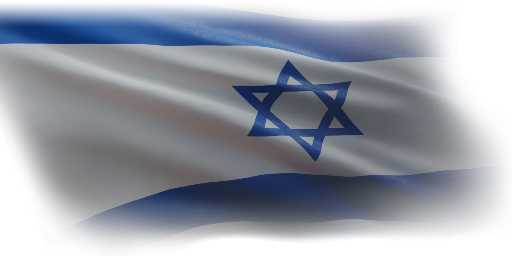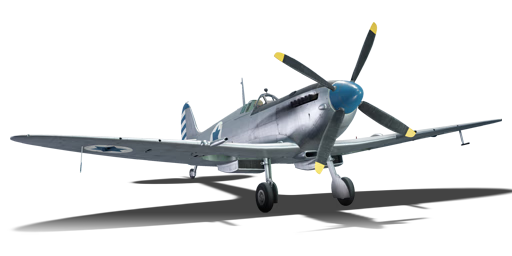



Since the IAF lacked any kind of organised military after its independence, the Air Force intended to acquire any aircraft available on the market. While sanctions were placed on Israel for weapon sales, the IAF managed to acquire around 50 Spitfires from Czechoslovakia in 1948 at a cost of $23,000 per unit. The aircraft was deemed much superior to the S-199 Sakeen also acquired from Czechoslovakia and was very well-liked by Israeli pilots. It underwent some minor modifications, and variants with clipped wings were also sold to Israel or modified after being acquired. It was mainly used as an interceptor and air superiority fighter, while the P-51s were used in close air support and long range missions thanks to their increased fuel capacity and longer range.
Introduced along with the initial Israeli air tree in Update "Winged Lions", the Spitfire Mk IXc is an excellent dogfighter with its wing-mounted guns. It fits 2 x 20 mm Hispano cannons with 4 x 7.7 mm MGs that share similar muzzle velocity, making it easier to aim with tracer belts in the MGs and air or ground target belts in the Hispanos. The plane is more effective as a dogfighter, capable of outmanoeuvring most aircraft in air battles while also retaining enough ground armament to destroy almost any vehicle with the right aim and destroying light vehicles with ease.
flaps
flaps
flaps
brake
| Belt | Belt filling | Armor penetration (mm) at a distance: | |||||
|---|---|---|---|---|---|---|---|
| 10 m | 100 m | 500 m | 1000 m | 1500 m | 2000 m | ||
| HEI/SAP-I/T | 22 | 20 | 14 | 9 | 6 | 4 | |
| AP-T/HEI/SAP-I | 37 | 35 | 25 | 16 | 10 | 7 | |
| T/HEI/SAP-I/HEI/SAP-I | 22 | 20 | 14 | 9 | 6 | 4 | |
| AP-T/T/HEI | 37 | 35 | 25 | 16 | 10 | 7 | |
| AP-T/SAP-I/HEI/AP-T | 37 | 35 | 25 | 16 | 10 | 7 | |
| HEI/HEI/SAP-I | 22 | 20 | 14 | 9 | 6 | 4 | |
| Belt | Belt filling | Armor penetration (mm) at a distance: | |||||
|---|---|---|---|---|---|---|---|
| 10 m | 100 m | 500 m | 1000 m | 1500 m | 2000 m | ||
| T/AP/AP-I/Ball/Ball/I | 13 | 12 | 7 | 3 | 2 | 0 | |
| T/AP/AP-I/AP-I/I | 13 | 12 | 7 | 3 | 2 | 0 | |
| IT/AP-I | 13 | 12 | 7 | 3 | 2 | 0 | |
| AP-I/AP-I/I | 13 | 12 | 7 | 3 | 2 | 0 | |
16 × 8-cm Flz.-Rakete Oerlikon rockets












Flight performance | |
|---|---|
Survivability |
|---|
Weaponry | ||
|---|---|---|